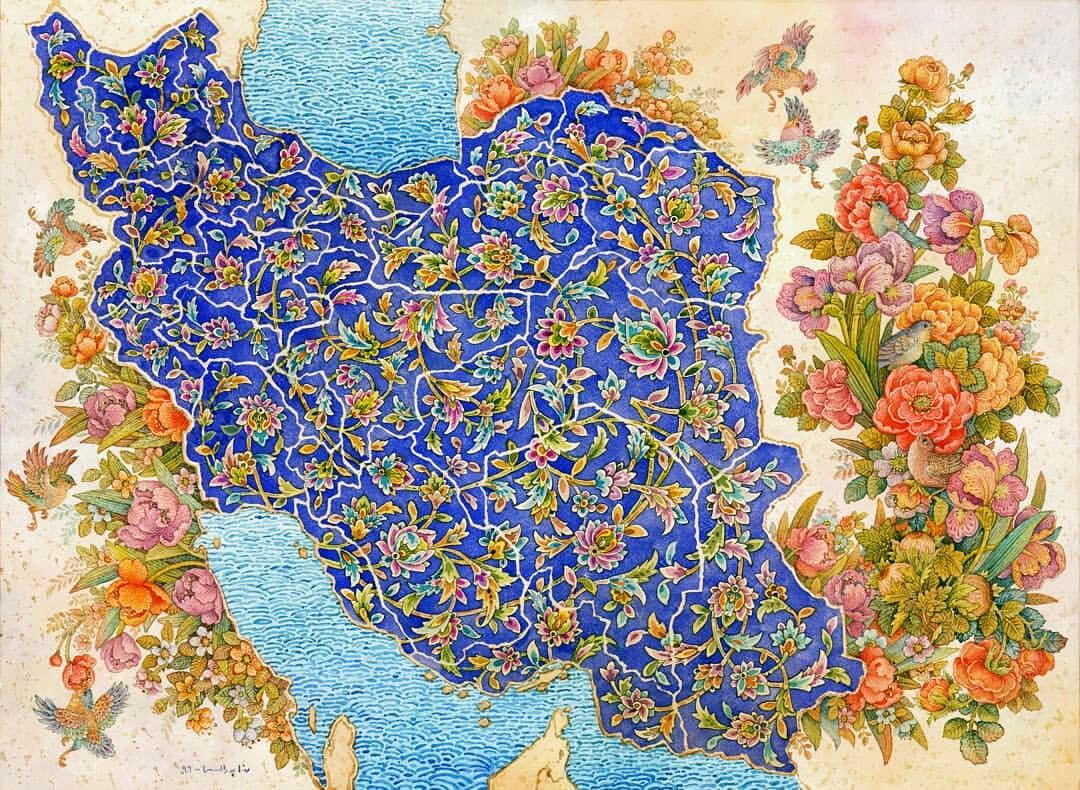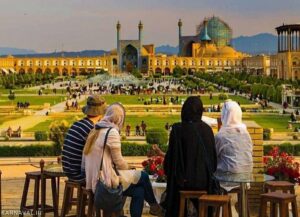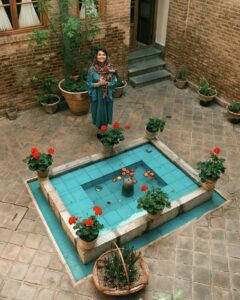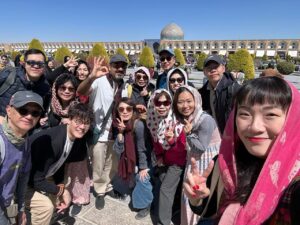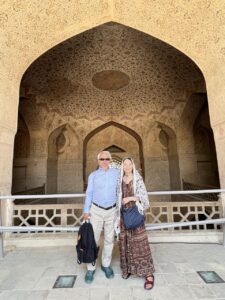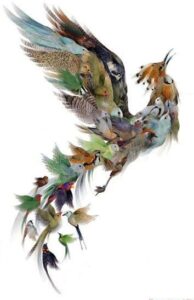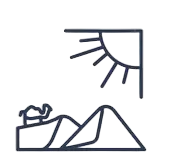Introduction
Persian miniature paintings are more than delicate artworks; they are windows into history, culture, and even travel. Centuries ago, artists illustrated journeys, real and imagined, through vibrant colors, detailed landscapes, and intricate figures. These miniatures acted as visual travel guides, showing cities, palaces, mountains, and rivers, while also capturing the spirit of Persian adventure. Exploring Iran today, you can trace these artistic journeys in museums, historical sites, and even in local artisan workshops.
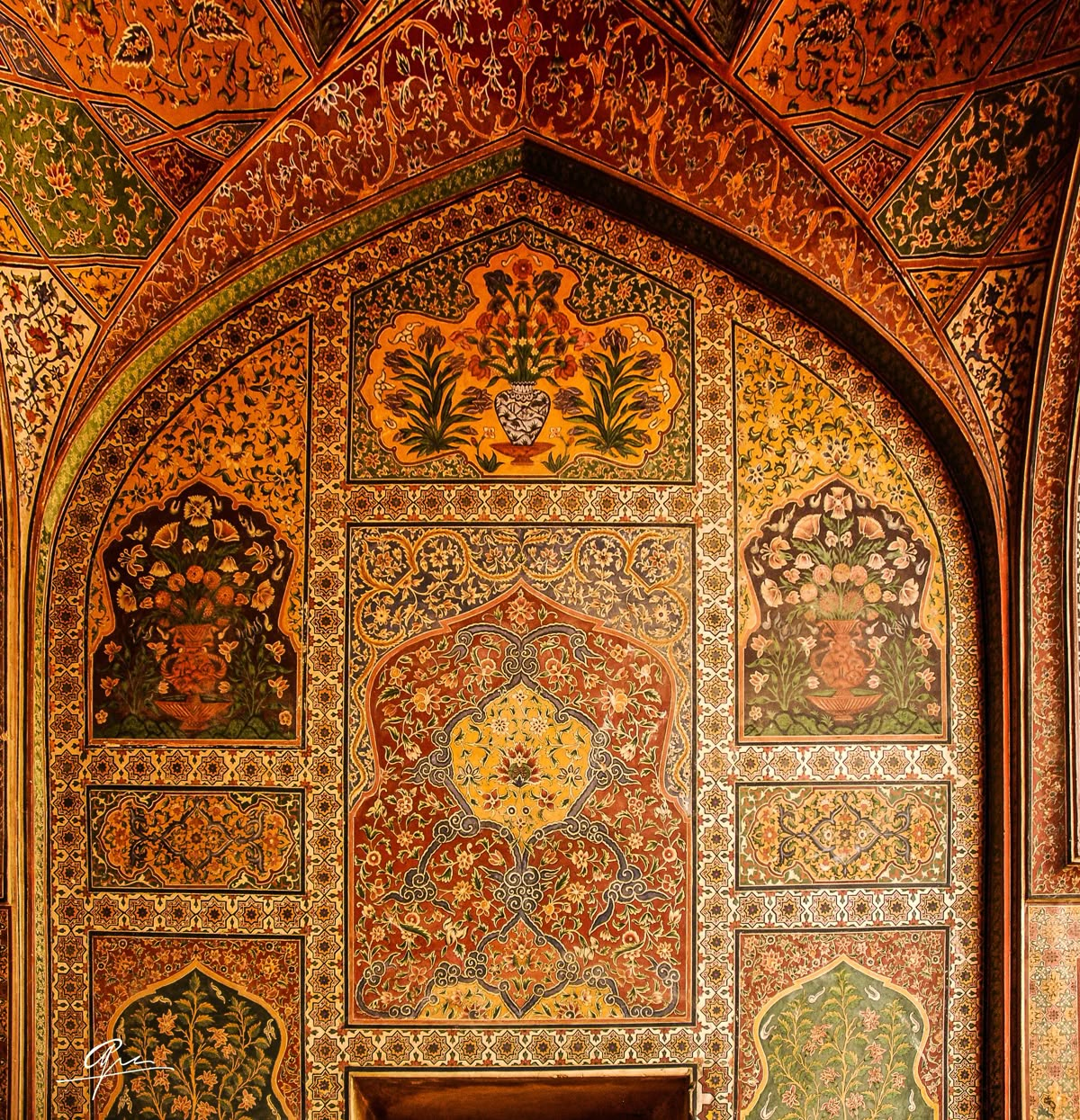
Miniatures as Maps: Guiding the Eye
Unlike conventional maps, Persian miniatures provide a storytelling map. Cities are depicted with ornate buildings, markets buzz with painted merchants, and nature is alive with flowing rivers and blooming gardens. Travelers of the past could “read” a miniature to imagine routes, understand geography, and anticipate cultural experiences. Modern visitors can compare these historical depictions with real landscapes across Iran, connecting the past and present.
Tales of Travelers in Paint
Miniatures often depict famous journeys, pilgrimages, royal expeditions, or traders along the Silk Road. Every painting tells a tale: caravans crossing deserts, boats sailing rivers, and mountain paths winding through lush valleys. Through these artworks, one can glimpse the lives, rituals, and customs of people centuries ago. Visiting museums in Tehran, Isfahan, or Shiraz offers a chance to stand before these detailed maps and feel the sense of adventure they inspired.
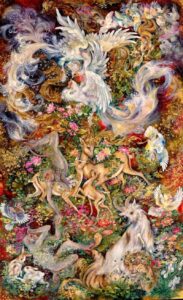
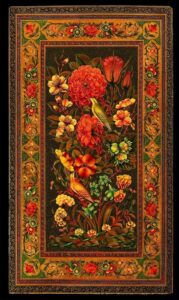
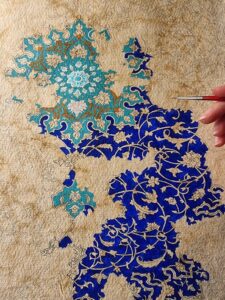
Artistic Techniques and Cultural Insight
The use of perspective, color, and miniature scale in these artworks was purposeful. Artists highlighted landmarks, sacred sites, and marketplaces to emphasize important cultural, spiritual, and economic hubs. The paintings also reflect clothing, architecture, and daily activities, allowing travelers today to experience the nuances of Persian life long before photography existed.
Modern Travel Inspired by Miniatures
Today, travelers can follow in the footsteps of these painted journeys. From exploring historical bazaars in Isfahan to wandering lush gardens in Shiraz, the visual guides of the past enrich modern exploration. Workshops with local artists allow visitors to try miniature painting themselves, blending hands-on creativity with historical insight. Every journey through Iran can be a living miniature, colorful, detailed, and full of story.
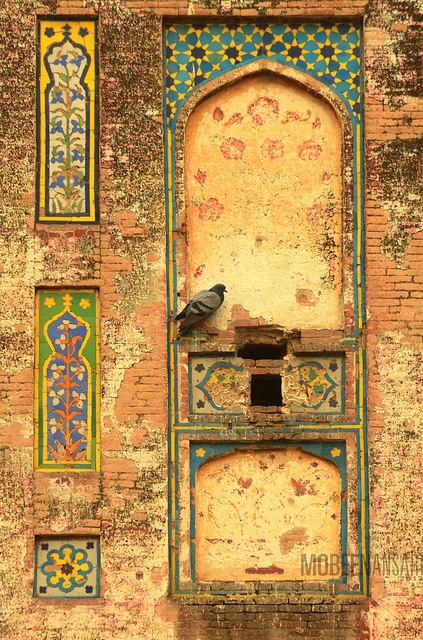
Conclusion
Persian miniatures are not just art; they are windows to a world of travel, adventure, and cultural depth. By studying them and exploring Iran’s cities, gardens, and landscapes, travelers can experience the country as the artists once imagined it. For anyone curious about history, art, and journeys, Iran offers a living connection to these timeless maps of imagination.

